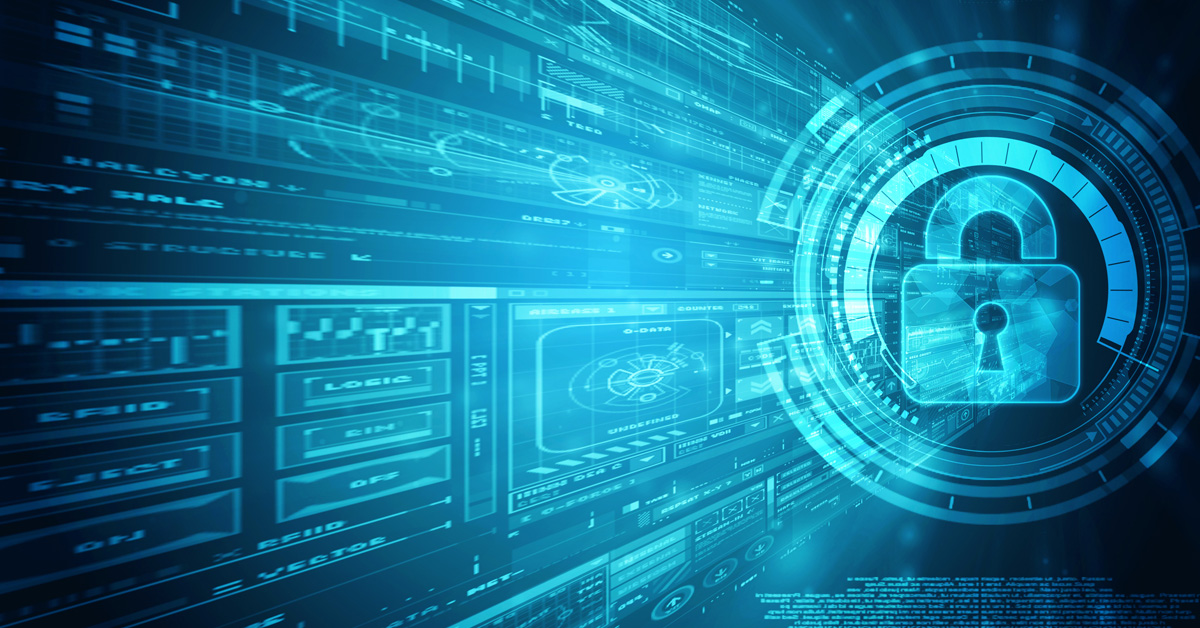In the discourse surrounding cybersecurity, the emergence of quantum computing offers a compelling paradigm shift that warrants rigorous examination. Paul Leongas, a prominent voice in this domain, presents a perspective that juxtaposes classical cybersecurity measures against the formidable capabilities of quantum technologies. This juxtaposition serves as an intriguing metaphor; akin to an ancient castle fortified against sieges, now confronted with the prospect of an era where invaders wield not battering rams, but rather manipulative particles that transcend our current understanding of security.
The realm of cybersecurity has long been predicated on the principles of computational complexity, which dictate the effort required to breach cryptographic systems. Traditional encryption methods, such as RSA and AES, rely on mathematical problems that remain intractable for classical computers. However, with the advent of quantum computing, the landscape transforms; what was previously thought unassailable may soon fall within the grasp of quantum algorithms. Shor’s algorithm epitomizes this potential, demonstrating that a quantum computer could factor large integers exponentially faster than any classical counterpart, thereby undermining the very foundations of widely used encryption standards.
Leongas posits that the implications are vast and multifaceted. In a quantum world, the fortifications of classical cybersecurity become increasingly obsolete, prompting an urgent need for the development of quantum-resistant encryption methodologies. These new systems must harness the idiosyncrasies of quantum mechanics, capitalizing on phenomena such as superposition and entanglement to create cryptography that is not merely robust but fundamentally different. This is akin to constructing new ramparts that do not simply mimic the old, but redefine their very essence, thus innovating the protective measures necessary for a digitally fortified future.
Yet, the transition to this quantum paradigm is fraught with challenges. One must consider the inherent limitations of quantum technologies, including coherence times and error rates. These factors complicate the deployment of quantum key distribution (QKD), even as it promises secure communication channels bolstered by the principles of quantum mechanics. The concept of a quantum key serves as an intriguing metaphor for trust itself—it is ephemeral and delicate, dissipating if not handled with utmost care. The key’s strength lies not only in its quantum properties but also in the continuous and vigilant stewardship by those who wield it.
Furthermore, the interplay between quantum computing and artificial intelligence (AI) introduces another layer of complexity. The confluence of these technologies could potentially yield unprecedented advancements in both offensive and defensive cybersecurity strategies. Imagine a scenario where AI, augmented by quantum processing capabilities, undertakes threat analysis at speeds and accuracies previously deemed impossible. Yet, this promise is shadowed by significant ethical and operational dilemmas. The specter of malicious actors harnessing quantum-enhanced AI looms large, raising questions about the very fabric of digital trust and integrity.
Vigilance in the face of such seismic shifts necessitates a thorough reevaluation of existing governance frameworks in cybersecurity. Current policies often lag behind technological advancements, leaving a chasm that adversaries are eager to exploit. The delicate balance between innovation and regulation must be navigated with precision; failure to do so risks creating a regulatory landscape that is both outdated and ineffective. This dynamic resembles a carefully choreographed dance, wherein each step must be deliberate, anticipating potential missteps that could lead to irrevocable consequences.
Adapting to the realities of a quantum-infused cybersecurity landscape mandates an interdisciplinary approach, synthesizing insights from computer science, physics, and ethics. Collaboration among these domains fosters a rich tapestry of knowledge that can inform the creation of robust solutions tailored to address the unique challenges posed by quantum technologies. Engaging stakeholders across sectors—from academia to industry—will not only hasten the development of quantum-resistant systems but also ensure that responses to emerging threats remain informed and consequential.
In this context, education emerges as a paramount necessity. The workforce must be equipped with the requisite knowledge to navigate the complexities of quantum computing and its implications for cybersecurity. Initiating comprehensive training programs that encompass both theoretical understanding and practical application will become indispensable. This educational endeavor parallels the preparation of an army, where strategic thinkers must be cultivated and deployed in anticipation of the battles that lie ahead.
Despite the daunting challenges, the dawn of a quantum world also heralds unparalleled opportunities for innovation. The quest for quantum cybersecurity may yield novel paradigms of privacy and data integrity that redefine our expectations of what digital security can achieve. The pursuit is not merely about keeping adversaries at bay—it is a proactive engagement that aspires to foster a secure digital future for all.
Thus, as we traverse the uncharted waters of quantum computing, the underlying metaphors of castles, keys, and dancers illustrate a critical narrative. They reveal the intricate interplay between challenge and opportunity in the face of technological advancement. Paul Leongas beautifully encapsulates this journey: from the vulnerabilities of classical systems to the promising yet precarious future paved by quantum mechanisms. The quest for cybersecurity in this quantum age will require an ongoing commitment to resilience, adaptability, and, most importantly, imagination.










